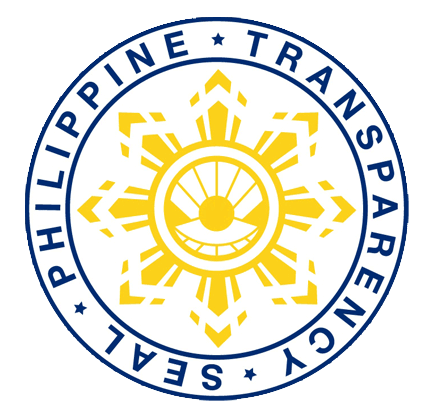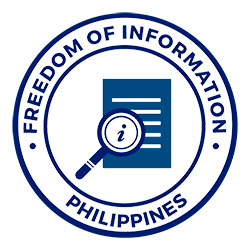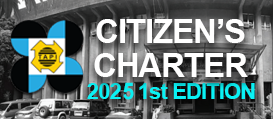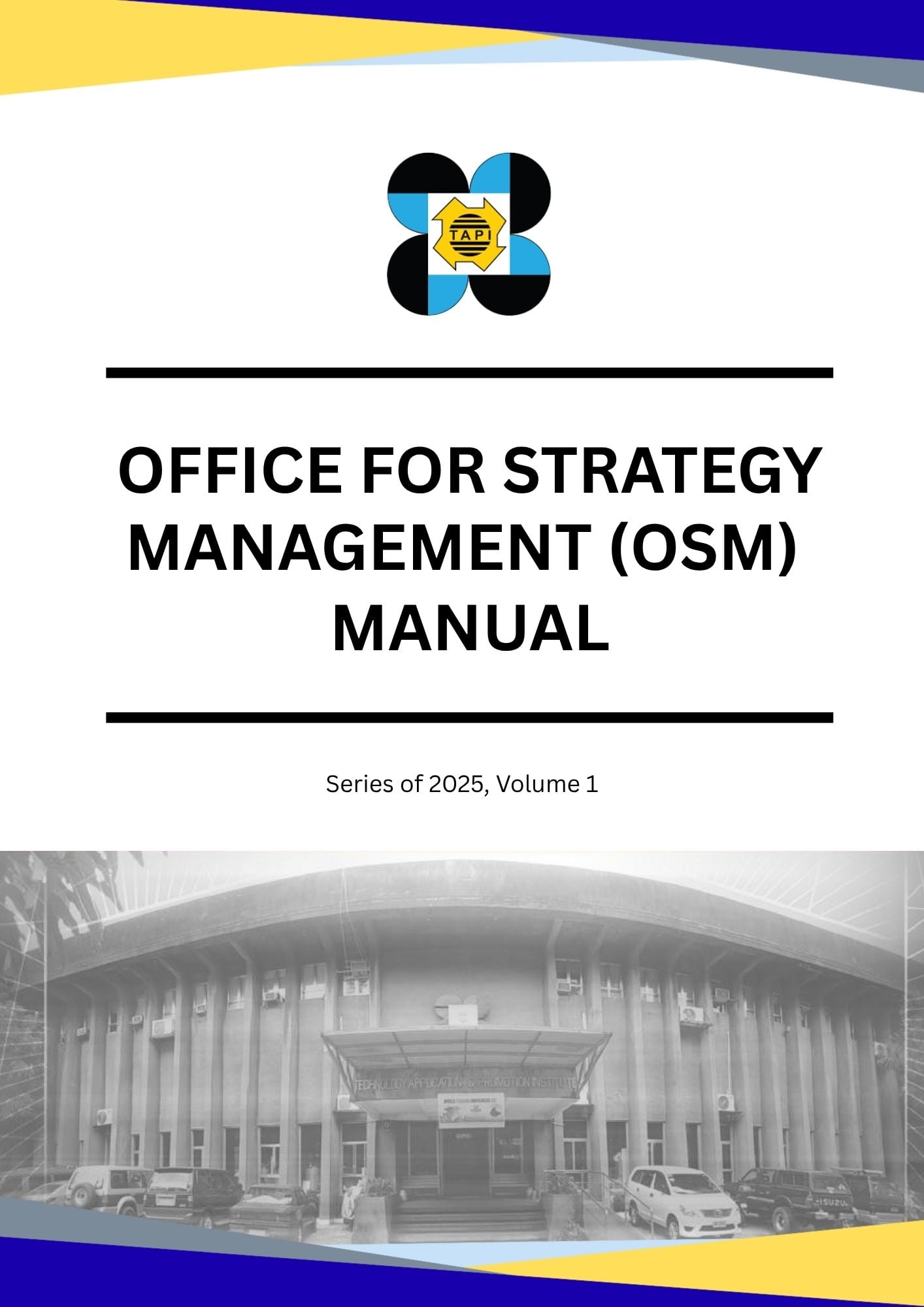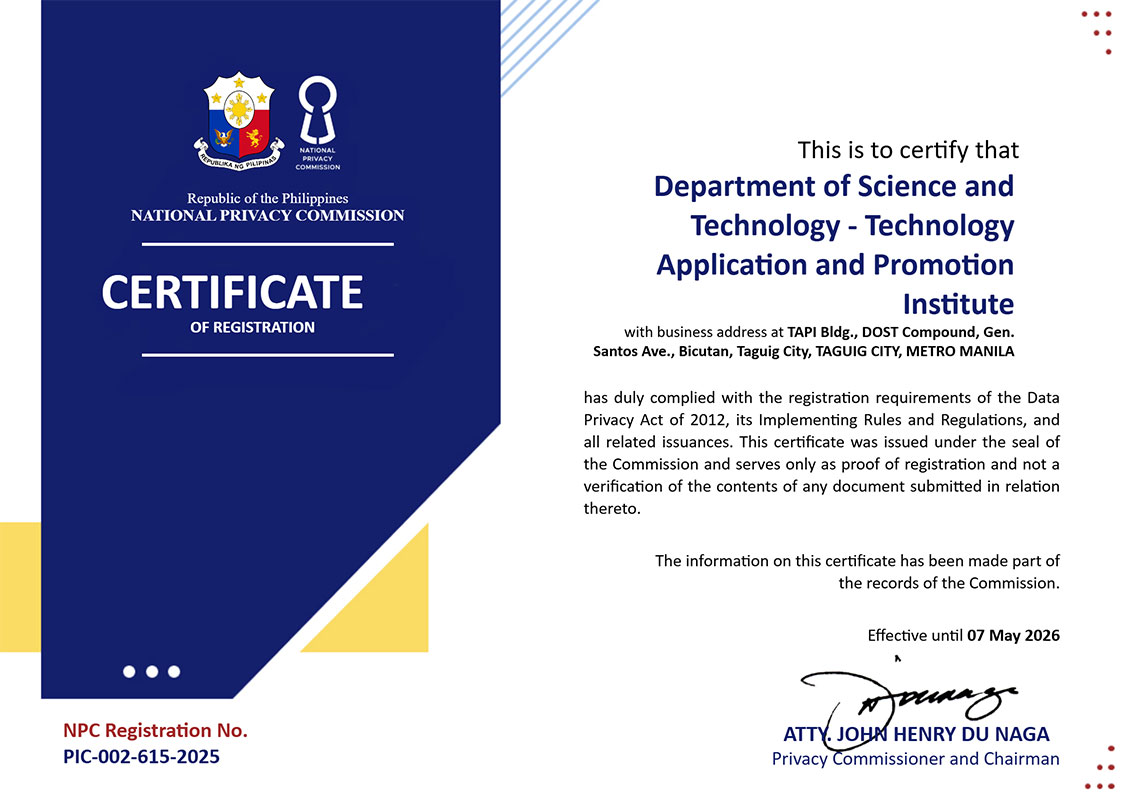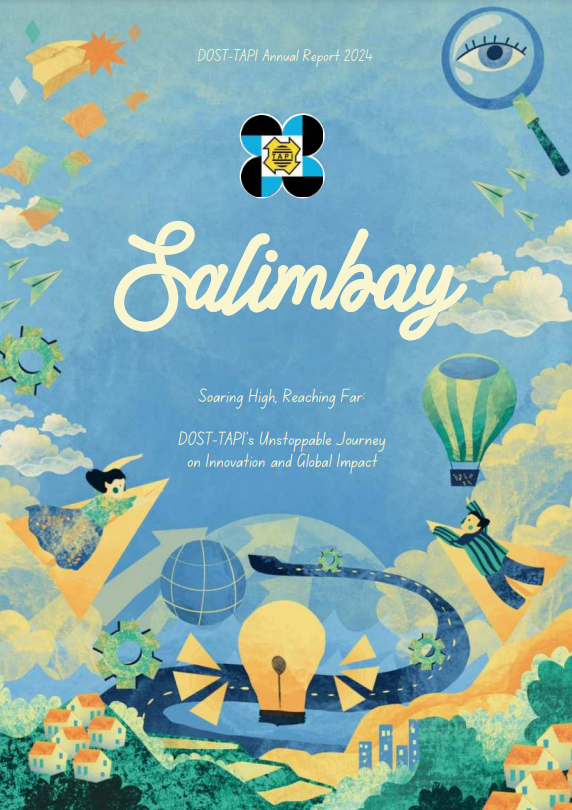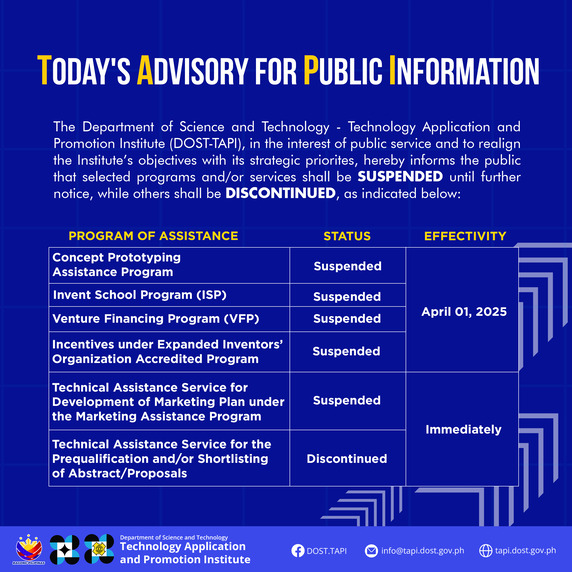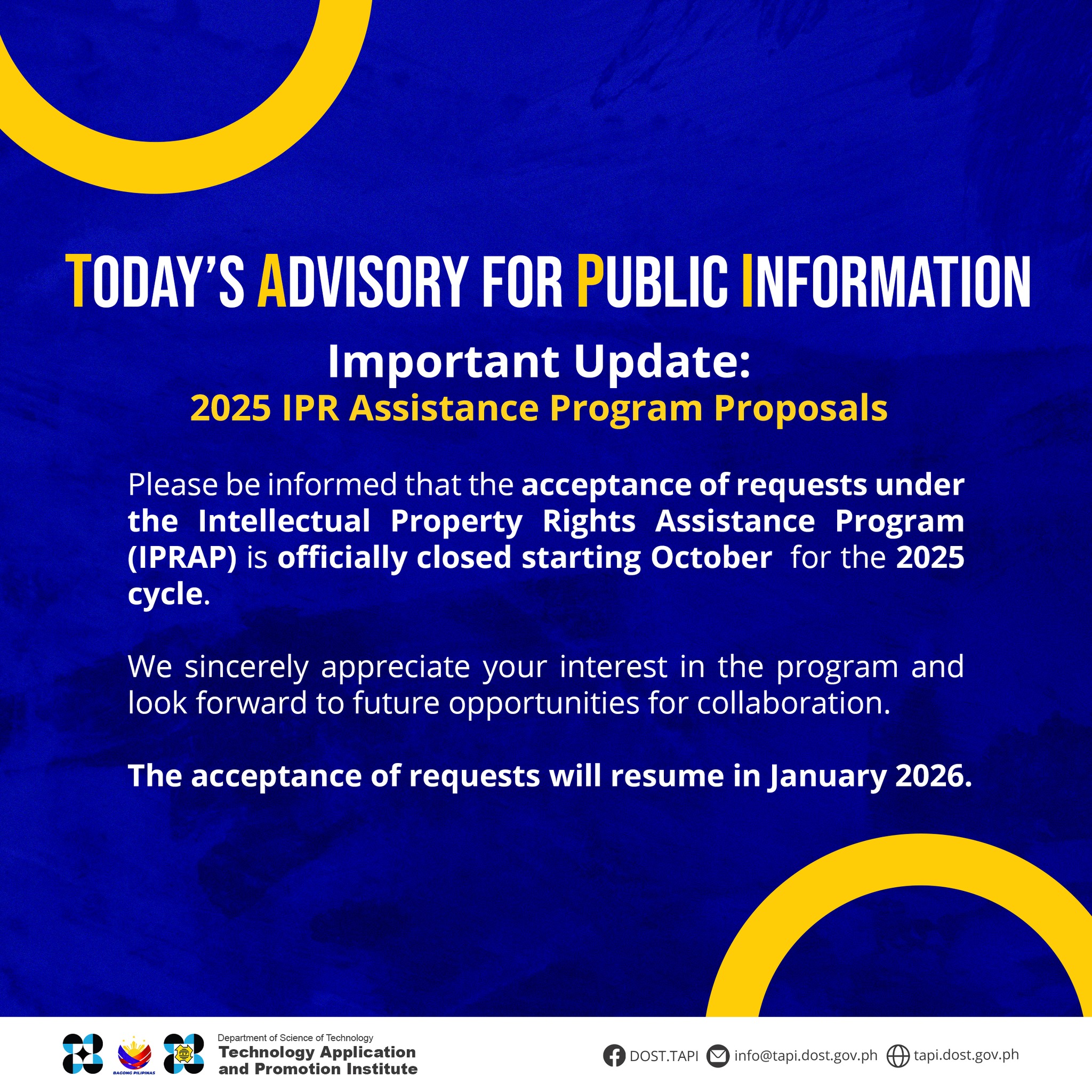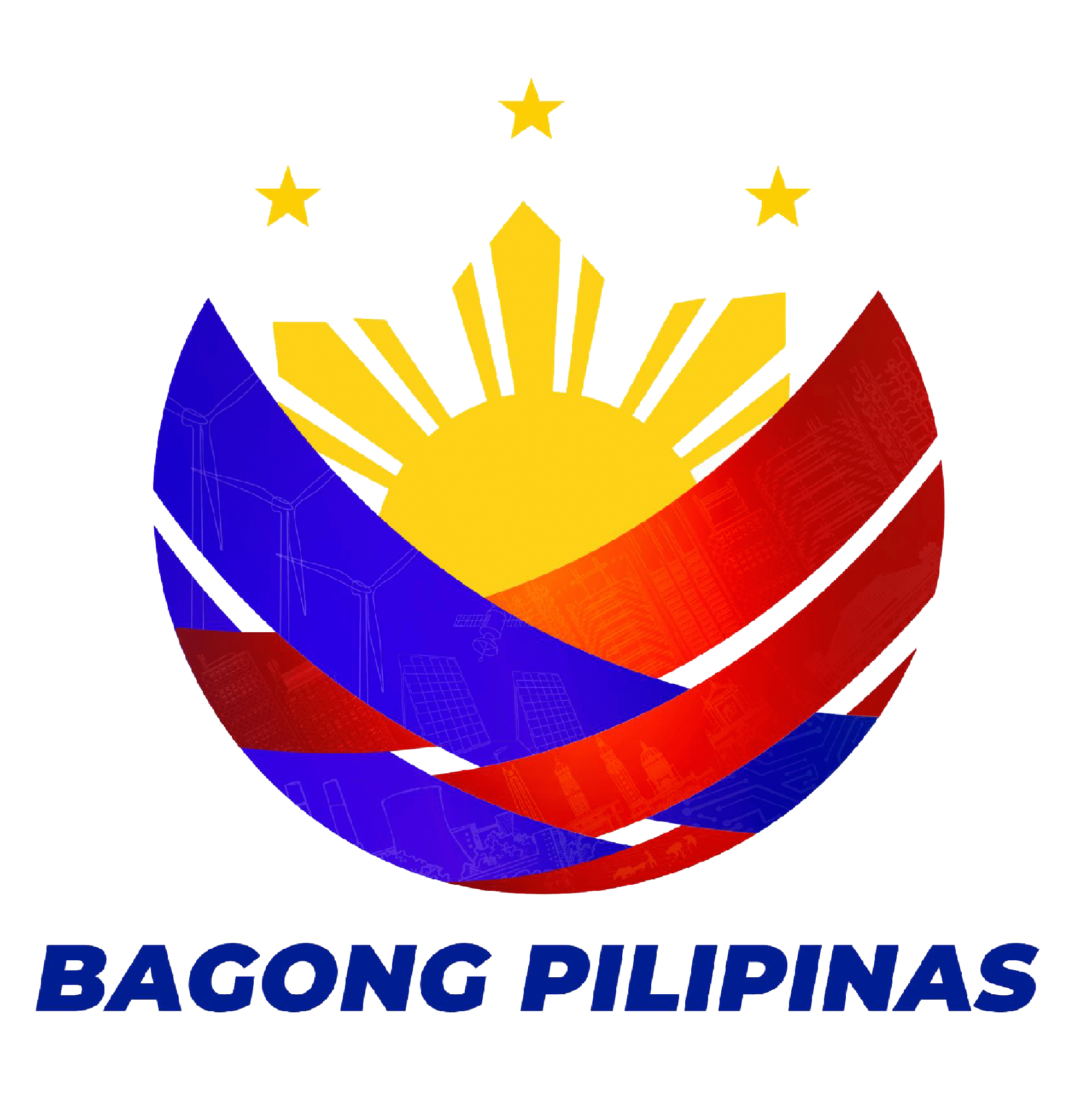By Jules Philip Tillay
With powerful super typhoons, high-magnitude earthquakes, and violent volcanic eruptions, the Philippine archipelago has experienced catastrophic events throughout history that claimed thousands of lives and billions worth of infrastructure.
While there are significant efforts to address the impacts of climate change and to improve disaster response, poor structural planning remains a key challenge in the country. Without science-backed assessments, more communities are becoming vulnerable to natural hazards.
To help address this growing concern, the DOST-Philippine Institute of Volcanology and Seismology (PHIVOLCS) developed unique online platforms under the GeoRiskPH Initiatives, in support of the recently enacted PHIVOLCS Modernization Law.
Ms. Mabelline Cahulogan poses with her Bronze Award at the 50th International Exhibition of Inventions Geneva. Photo courtesy of DOST-TAPI.
In an episode of DOST-TAPI’s Pa-Siyensya Na podcast, Ms. Mabelline Cahulogan, the project proponent of the GeoRiskPH Initiatives, said that the two platforms were borne out of a need for an accessible and centralized hazard database.
“We do have a hazard assessment service, where people go to PHIVOLCS and then they request for hazard assessment reports. Ang binibigay namin ay hazard assessments with respect to earthquakes and volcanic eruptions. So, since the 1990s, ginagawa na po namin ‘yan, especially lahar hazard assessments. Ngayon, nakita namin na kailangan na hindi lang tayo nakafocus sa earthquakes and volcanic hazards, kundi yung hazards na pangkabuuan,” Cahulogan said.
Ms Mabelline Cahulogan graces the third episode of the Pa-Siyensya Na! Photo courtesy of I-INVENT/DOST-TAPI
She also noted that the GeoRiskPH Initiatives are the fruits of collaborative efforts among key government agencies such as the DOST, the Department of Environment and Natural Resources, the Department of Education, the Department of National Defense, and the Department of Health.
“We realized that we need to bolster collaboration. Noong 2017, nag-usap na ang mga ahensiyang iyon na nag-generate ng hazard maps to develop a database–GeoRiskPH. From there, we have to prove the essence of having all that information in one space. So we developed the HazardHunterPH and GeoAnalyticsPH,” Cahulogan said.
Hazard assessment at your fingertips
Innovated by DOST Secretary Renato U. Solidum, Jr., Mabelline T. Cahulogan, Eric P. Santos, Trixia Marie C. Albelda, Janice C. Carpo, John Harold B. Tabuzo, Richard G. Sulit, Andrew C. Ragadio, and Margarita Andrea P. Manor, HazardHunterPH is capable of providing free and accurate access to hazard risk assessment data for specific locations.
HazardHunterPH’s Landing Page. Photo courtesy of DOST-PHIVOLCS.
HazardHunterPH’s Map View. Photo courtesy of DOST-PHIVOLCS.
This means that users can input specific map coordinates or exact addresses to view, monitor, and download area-specific hazards. This online tool also offers a more holistic and interactive mapping experience, allowing users to display base maps, safe open spaces, and artificial intelligence (AI)-generated impact assessments. Other advanced layers can also help institutions design smarter infrastructures while integrating disaster resilience and mitigation.
HazardHunterPH garnered the Bronze Award at the recently concluded 50th International Exhibition of Inventions Geneva (IEIG).
Risk analysis made easy
Developed by DOST Secretary Renato U. Solidum, Jr., Mabelline T. Cahulogan, Andrew C. Ragadio, Margarita Andrea P. Mahor, Eric P. Santos, John Harold B. Tabuzo, and Richard G. Sulit, GeoAnalyticsPH is an online platform that provides a summarized analysis of various hazard parameters. Users can gain access to the percentage of land prone to hazards, and the analysis of risk exposure of people based on age group, sex, and locality.
Landing Page of GeoAnalyticsPH. Photo courtesy of DOST-PHIVOLCS.
Demographic Assessment Sample of GeoAnalyticsPH. Photo courtesy of DOST-PHIVOLCS.
This platform is also capable of reporting the number of structures or facilities that are vulnerable to natural hazards. It also has a user-friendly interface which allows easy navigation of hazard assessments through charts, tables, and lists.
With community-level precision and boundary-based hazard mapping, GeoAnalyticsPH can empower even the smallest political unit in formulating science-backed emergency response planning.
Building stronger networks
Participants from various GeoRisk training sessions which were conducted by DOST-PHIVOLCS this year (2025). Photos courtesy of GeoRisk Philippines posted via Facebook.
Through the HazardHunterPH and the GeoAnalyticsPH, DOST PHIVOLCS has digitized over 60,000 building footprints in its effort to create reliable and precise structural and location risk assessment reports. The agency also partnered with 50 key cities, communities, and disaster response agencies in the Philippines.
Additionally, DOST-PHIVOLCS established linkages with financial institutions and housing development authorities. These milestones emphasize the growing need for efficient and data-driven planning and decision-making.
This is how DOST-PHIVOLCS is shaping the future of disaster-resilient communities.
** This article is part of the “Shape The Future Through Innovations: Pagsulong Tungo sa Gintong Tagumpay” Campaign for the 50th IEIG. For more information and event updates, please visit the DOST-TAPI website at www.tapi.dost.gov.ph. **

